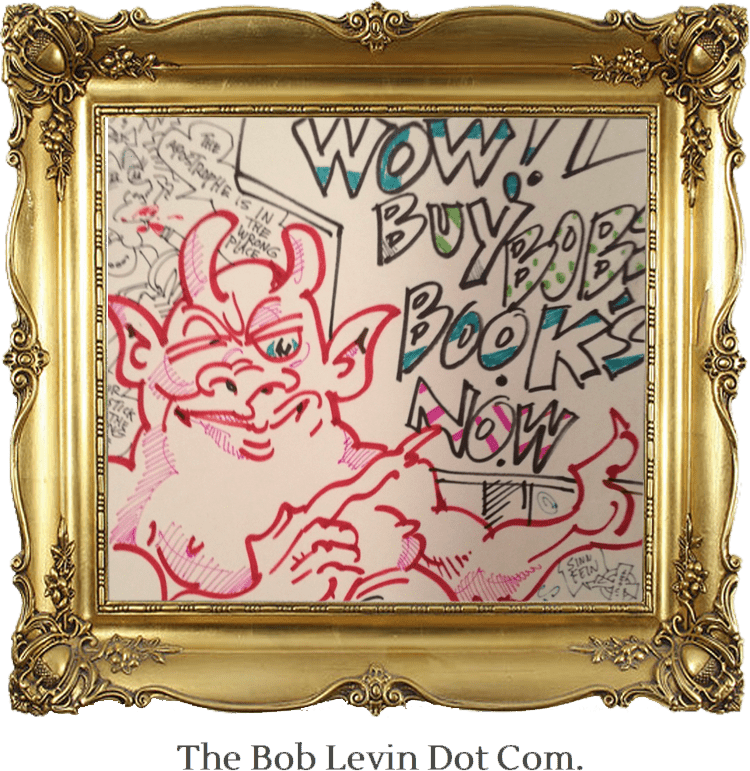I have been reading the second volume of Sidney Blumenthal’s four-volume biography of Abraham Lincoln (“Wrestling With His Angel”) without having read the first (“A Self-Made Man”).
One interesting thing in Blumenthal’s approach is how few of the first 125 pages (out of 850) of the book are directly about Lincoln. Blumenthal spends more time on other figures of the time, setting the stage for what is to come. Anyone with a high school course in American history probably possess a sentence or two’s worth of information about many of them — Calhoun, Clay, Webster, Stephen Douglas — but others, including President Tyler are even lesser known. Old Rough and Ready, who had been expected to be a nonentity when elected but turned out to be a strong foe of slavery. If he had not contracted cholera, after staying out too long in the sun, history might have turned.
In comparing the language and knowledge in the speeches and writings of these figures to contemporaries on the political stage, one can’t help but feel we are the downward arc of an evolutionary slide. But some actions make it seem civilization is advancing. Take one of my favorite characters so far. An anti-slavery state legislator in Kentucky and newspaper publisher, he engaged in one political debate in which pistols were fired. (Neither he or his opponent hit the other.) Another public appearance led to a brawl where he sliced off an opposition figure’s ear. And in a third, after a disputant’s gun had misfired three times, he gutted the fellow with a Bowie knife. None of this seemed to sully his public reputation.
In fact, a future heavyweight champion of the world was named after him.
Cassius Marcellus Clay.
